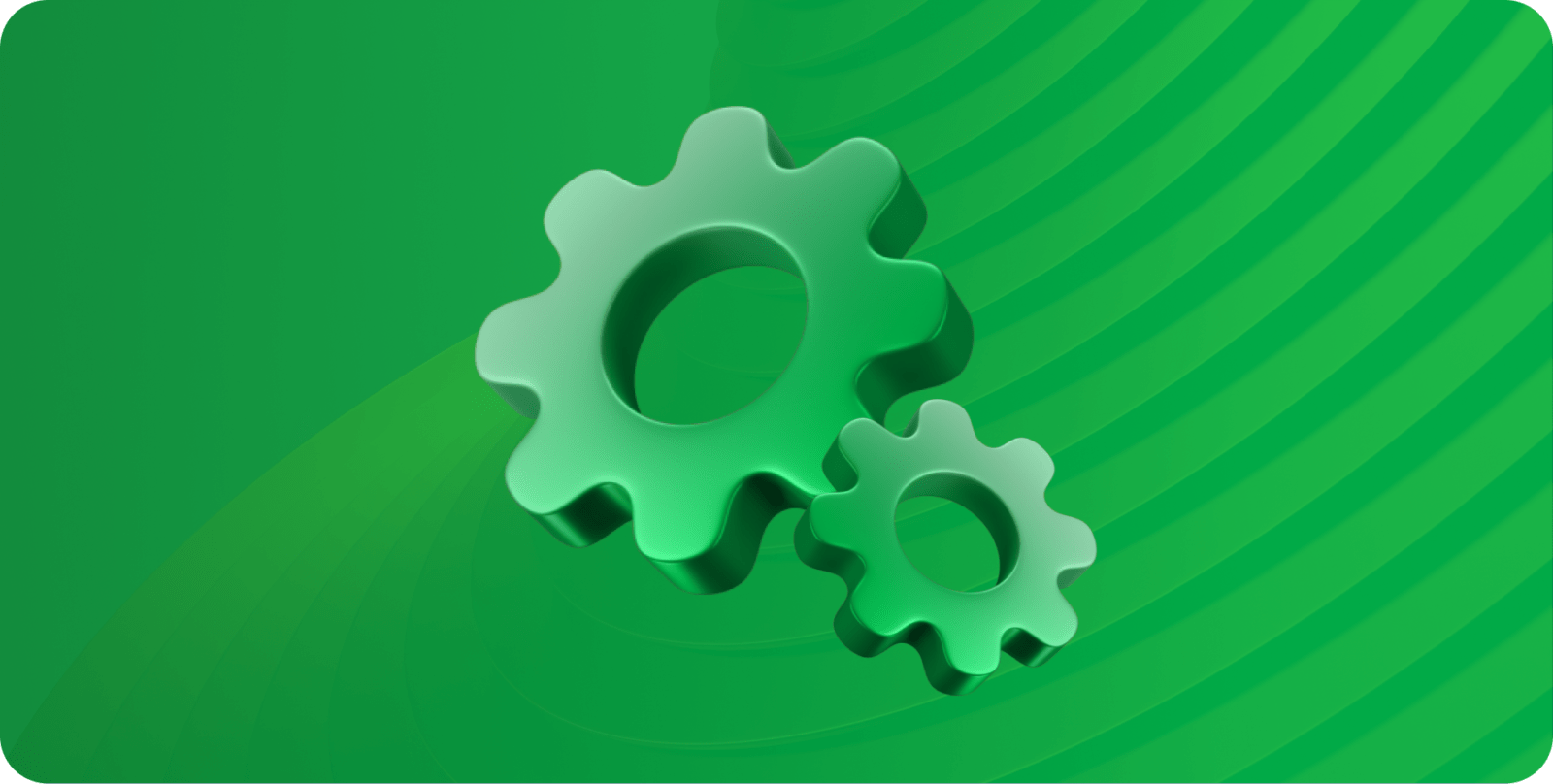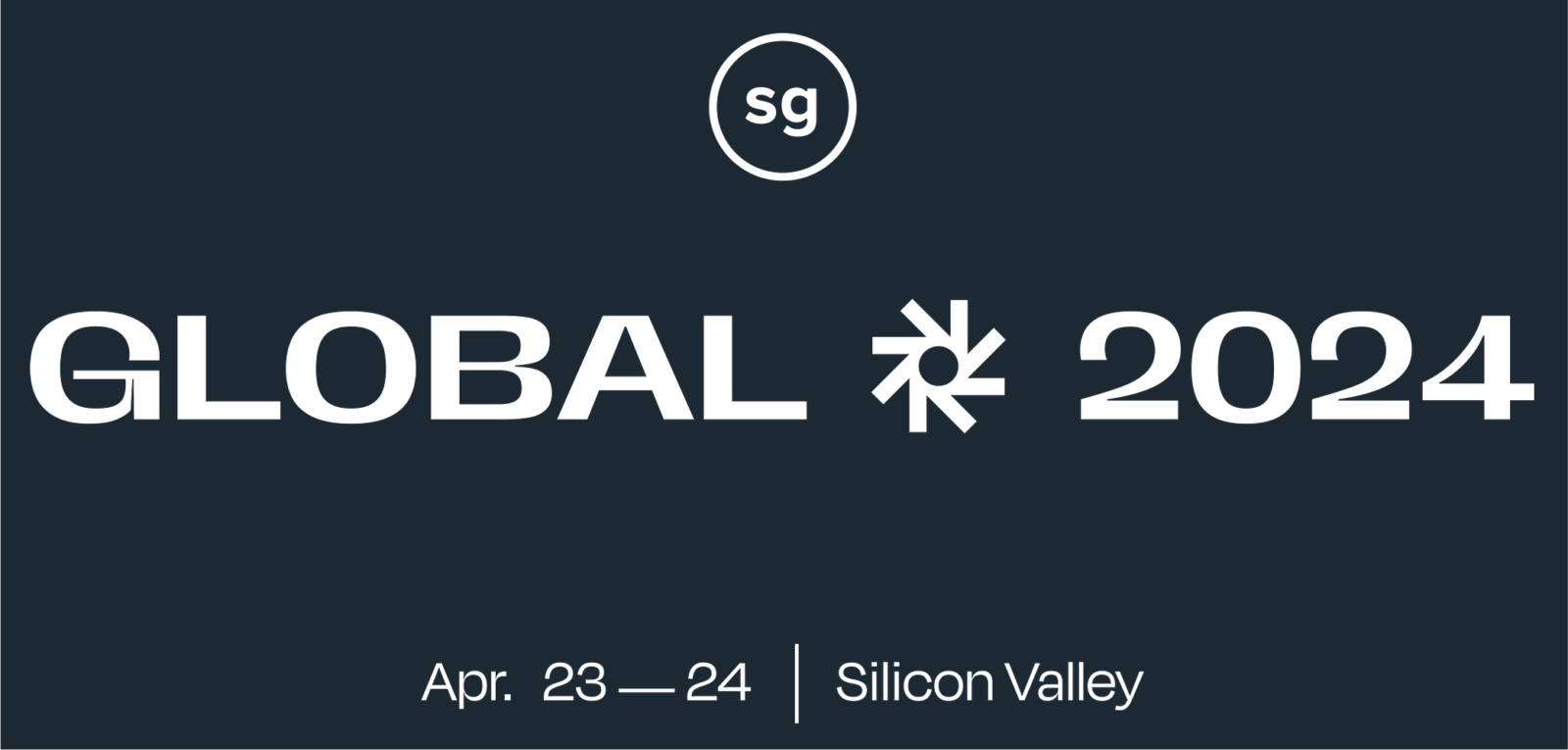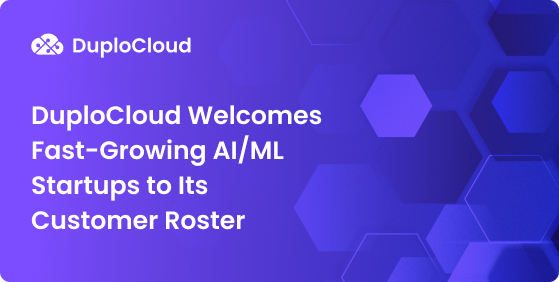Avoid fines and win clients with the gold standard in cloud compliance
SOC 2 compliance has become the industry standard for businesses concerned with the cloud. It shows a commitment to security and high-quality service, which is attractive for some clients and necessary for others. But achieving it can be an arduous process. Not only does it call for stringent security controls, but it also demands high standards for availability, processing integrity, privacy, and confidentiality according to a business’ specific service. Plus, a business must provide documentation to prove it has met each standard.
Read on to learn more about what SOC 2 compliance means, how to achieve it, and how you can make that process smoother and faster.
What Is SOC 2 Compliance?
SOC stands for System and Organization Controls. SOC 1 focuses strictly on financial services, whereas SOC 2 addresses cloud computing programs and software-as-a-service companies, ensuring they provide adequate and secure service to clients. If your business stores, processes, or transmits any kind of customer data using the cloud, it would likely benefit from SOC 2 compliance. Although it isn't a regulatory standard enforced by a government, it functions as a quality bar for cloud businesses. It's particularly important for companies in healthcare, financial services, education, and technology.
There are five Trust Services Criteria (TSC) in total that can potentially factor into SOC 2 compliance. A business must determine which of the five are relevant to its product or service and address those criteria to the satisfaction of a certified, independent auditor.
The Five Trust Services Criteria
The AICPA defines the five key service areas as follows:
- Security: Information and systems are protected against unauthorized access, unauthorized disclosure of information, and damage to systems that could compromise the availability, integrity, confidentiality, and privacy of information or systems and affect the entity’s ability to meet its objectives.
- Availability: Information and systems are available for operation and use to meet the entity’s objectives.
- Processing Integrity: System processing is complete, valid, accurate, timely, and authorized to meet the entity’s objectives.
- Confidentiality: Information designated as confidential is protected to meet the entity’s objectives.
- Privacy: Personal information is collected, used, retained, disclosed, and disposed to meet the entity’s objectives.
Security is the only TSC that all businesses must address, and it is thus known as the Common Criteria. Auditors apply the TSC and the requirements they contain on a case-by-case basis according to the services provided by the business undergoing the SOC 2 audit.
Read What Is SOC 2 Compliance? to learn more about this standard, or The Essential List of SOC 2 Compliance Requirements for a breakdown of each TSC’s requirements.
What Is SOC 2 Type 2 Compliance?
Within SOC 2, there are two types of audits and corresponding compliance. SOC 2 Type 1 is a snapshot assessment of a company's tools and controls with regard to the five TSC. It evaluates only the design of those tools. SOC 2 Type 2 compliance is more involved, takes longer, and carries more weight because it requires testing those tools and controls over time. Auditors run tests, review protocols, and interview relevant personnel to ensure everything functions as designed. Type 2 has become the industry standard for North American cloud-based businesses, and although some organizations will do business regardless of their SOC 2 Type 2 compliance status, many — especially particularly large enterprises or those dealing with sensitive health and finance information — won’t.
Companies typically complete SOC 2 Type 2 compliance reports before going to market. These reports are valid for 6-12 months, so most businesses undergo near continuous auditing, issuing new reports at a consistent pace with each cycle to show continued compliance. Because the audit process takes so long, businesses can also produce bridge letters to reassure clients that an audit is underway in between reports. Subsequent reports may take less time and cost less to produce provided the tools and processes being audited have not changed significantly.
Once the SOC 2 Type 2 auditing firm has completed its report, the audited business can share the results of its audit with clients to demonstrate compliance.
Read What Is SOC 2 Type 2 Compliance? to learn more about the specific demands of SOC 2 Type 2 compliance.
How Much Does SOC 2 Compliance Cost?
SOC 2 compliance can save your business from the kinds of data breaches that cost US companies $9.4M per incident, but achieving the standard has a high price tag of its own. Exactly how much it will cost depends on the size of your business, the complexity of your technologies and procedures, the type of SOC 2 compliance you hope to earn, and your approach to earning it. Expenses include a readiness assessment to ensure a successful audit, hiring consultants for a readiness assessment and gap analysis, and weeks of lost productivity across tech and legal teams as they produce the necessary controls and documentation.
SOC 2 Type 1 compliance typically takes three to six months to achieve and costs a business around $165K. Annual maintenance of that compliance requires spending around 40% of that total each year, which comes out to an annual payment of $66K.
SOC 2 Type 2 compliance, on the other hand, takes nine to 12 months to achieve. The readiness assessment typically costs around $15K. SOC 2 consulting agencies charge around $200 an hour, with a total estimated cost of $150K for the entirety of the preparatory process. Legal expenses should total around $10K, and infrastructure costs such as employee security training and security tools cost around $60K. In total, SOC 2 Type 2 compliance costs around $350,000 to achieve and $140,000 in yearly maintenance.
For a more detailed cost breakdown, read How Much Does SOC 2 Compliance Cost?
To learn how DuploCloud can help you save on SOC 2 compliance, read our free whitepaper:

What Is a SOC 2 Compliance Report?
After your business undergoes a SOC 2 audit, the auditing firm will produce a SOC 2 compliance report. This is the document you can show clients to assure them of your commitment to the five TSC — to security and service. SOC 2 compliance reports typically include five sections:
- Section 1 summarizes the audit process and includes the auditor's opinion of the systems and controls audited.
- Section 2 includes the company's own summary of the systems being audited.
- Section 3 is a detailed description of all the systems, personnel, roles, and responsibilities relevant to the audit.
- Section 4 describes the tests run by the auditor for each system.
- Section 5 contains leftover miscellany, including but not limited to the audited company's response to the individual tests run in Section 4.
Different cloud infrastructure vendors provide different levels of assistance with achieving SOC 2 compliance. Amazon Web Services, Google Cloud Platform, and Microsoft Azure all undergo SOC 2 audits of their own and make their reports available to users. Amazon provides the most support to users seeking SOC 2 compliance of their own by supplying SOC 2 compliant controls and the documentation and testing for each. Its Audit Manager can also identify and supply the relevant documentation for those AWS tools in use by your brand to make the audit process slightly smoother. Across the board, however, business will find that tools outside those provided by AWS, GCP, or Azure’s immediate purview are the responsibility of those users and must achieve compliance separately.
For more on how different vendors approach SOC 2 compliance, read What Is a SOC 2 Compliance Report?
What Are the Best SOC 2 Compliance Tools and Platforms?
If hiring a SOC 2 consulting firm or expert is outside your business's budget, you may consider using SOC 2 compliance software or tools to ensure a successful audit. There are six broad categories of compliance tools a business can use:
Security Information and Event Management (SIEM) systems aggregate security data from sources such as endpoint security and intrusion detection systems to create reports your security team can review. They often include User and Entity Behavior Analytics (UEBA) to analyze strange behavior in the system, and Security Orchestration, Automation and Response (SOAR) to automate responses to detected incidents. SolarWinds, Exabeam, and Wazuh are three leading SIEM systems.
Data Loss Prevention (DLP) systems aid in the protection of sensitive data by monitoring activity coming in and out of a network. If it detects suspicious activity, it can send the security team an alert and prevent sensitive data from leaving the network. It's especially important when transferring addresses, credit card information, or health info, and uses tokenization, masking, redaction and more to preserve data without damaging its integrity. BetterCloud is a great choice for smaller organizations, especially those that use Google Drive to store sensitive data. Forcepoint is a more generalized option designed for a frictionless user experience.
Identity and Access Management (IAM) systems ensure all users in the network are authorized, authenticated, and only performing those actions relevant to their jobs. They also maintain audit trails to ensure nothing untoward takes place on your systems and enforce least-privilege principles. IAM has grown increasingly important as increased remote work has created a corresponding increase in network access points. Okta provides Single Sign-On (SSO) and multi-factor authentication (MFA) through its IAM system; JumpCloud's cloud-based directory service provides IAM though automatic provisioning and de-provisioning of users in addition to device and password management.
Vulnerability Management is used to scan a network, server or application to identify and report vulnerabilities, flagging them for review by personnel. Nessus is one prominent scanning tool in this category.
Network segmentation breaks down a network into smaller parts so that no individual endpoint provides access to too much of the network. This can prevent a cyberattack from affecting more of your system than absolutely necessary, quarantining the threat. It can also improve network performance. Although many cloud environments have their own network segmentation systems, CloudGuard can enhance their capabilities through microsegmentation. Zscaler Private Access aims to give each endpoint secure, direct connectivity to private applications without putting them on the main network of your organization.
Finally, business continuity (BC) and disaster recovery (DR) plans — often referred to simply as BCDR — are the protocols a business has in place for emergency scenarios. They include procedures on how to minimize damage and return to full operation as quickly as possible in the wake of natural disasters or cybersecurity breaches. Archer Business Resiliency helps businesses design and implement BCDR by identifying and cataloging mission-critical processes and systems.
There are also several businesses that can help you achieve SOC 2 compliance through automation.
- DuploCloud offers our end-to-end DevSecOps platform to help you hit compliance with SOC 2, HIPAA, PCI-DSS, and GDPR quickly for your cloud application.
- Vanta centralizes your business's security and compliance measures and ensures onboarding and offboarding include the proper permissions adjustments.
- SecureFrame provides continuous compliance monitoring for your tech stack and regularly prompts administrators to run tests and view audit logs.
- Drata also provides continuous monitoring services but allows for greater customization of security protocols and shows real-time views of your business's compliance program.
- Sprinto creates an adapted list of compliance tasks for your business to complete on the road to SOC 2 approval.
Read 16 of the Best SOC 2 Compliance Tools & Platforms Available for more details on the systems and software that can help you achieve SOC 2 compliance.
How to Fast Track SOC 2 Compliance
Compliance is like going to the dentist each year. It may seem scary, and it may not feel so great on day one, but it ensures your business will remain healthy. Unlike a dental appointment, however, compliance can be made easier with the help of DuploCloud.
We designed our no-code and low-code DevSecOps platform with SOC 2 compliance in mind, and we provide the controls and documentation you need to speed through a successful SOC 2 audit. Data encryption, role-based access controls, performance monitoring, capacity forecasting — our pre-built tools and corresponding documentation make it easy to gain SOC 2 compliance. To find out how DuploCloud can help your businesses get to market faster, cheaper, and smarter, learn how we can fast-track your SOC2 Compliance standards.









